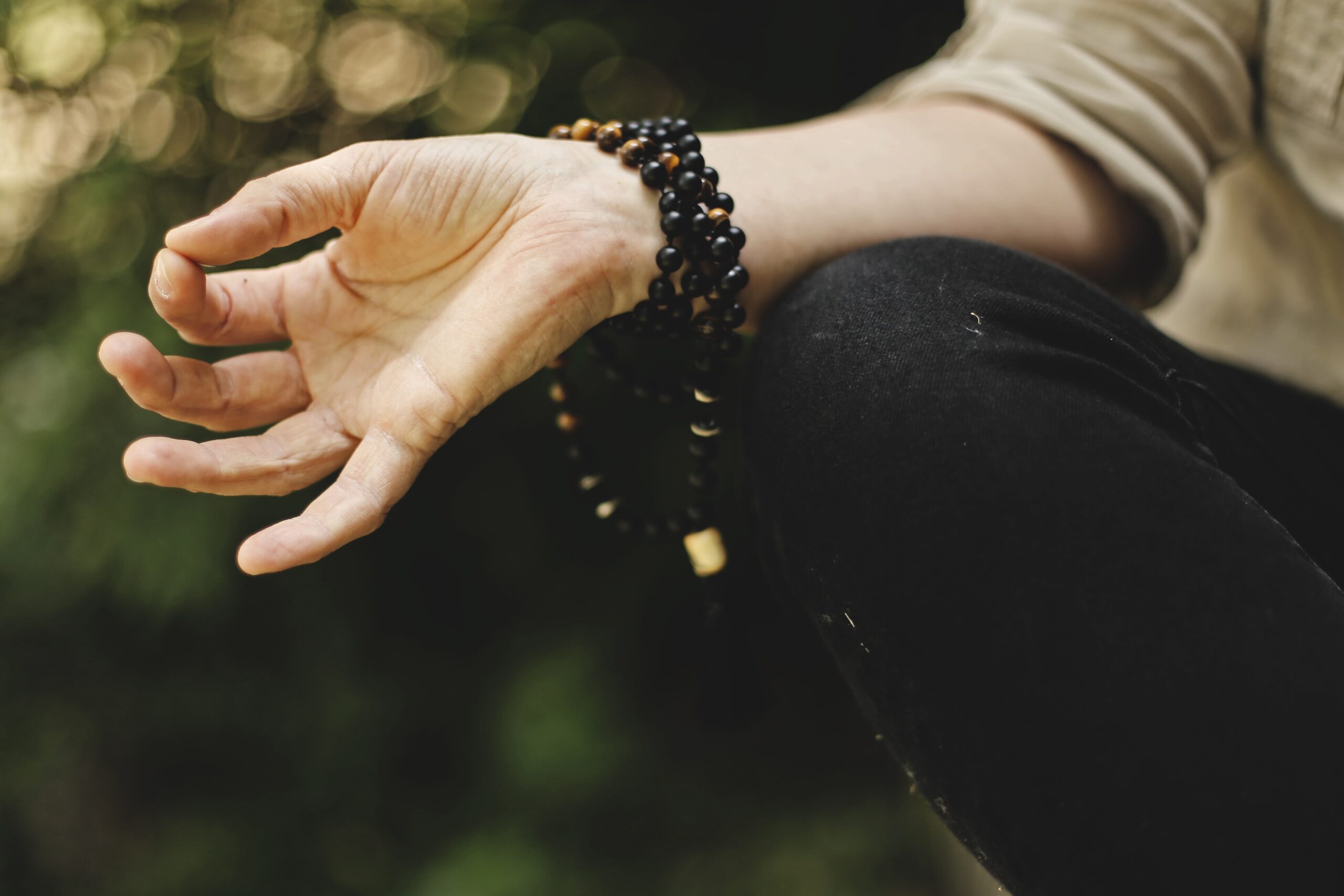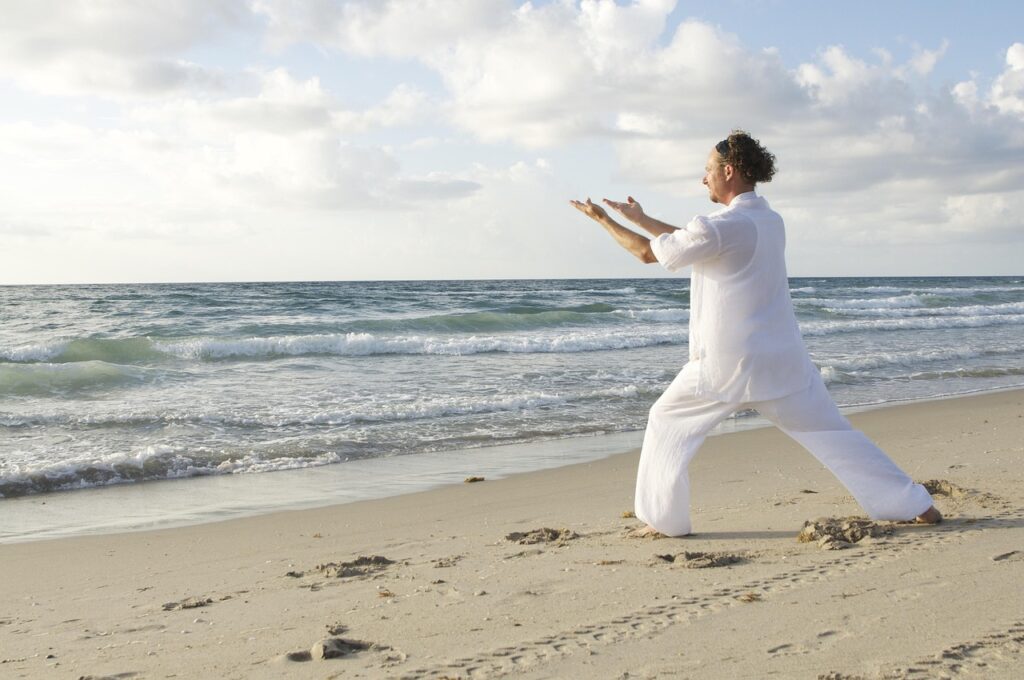
Grounding and Mindfulness: A Powerful Duo for Reducing Stress and Anxiety
According to Jon Kabat-Zinn, mindfulness is ‘paying attention, on purpose, and without judgment to what is happening right here, right now.’ When we incorporate mindfulness with grounding, the results are therapeutic and calming to the mind. In this article, we shall be discussing how grounding and mindfulness can help to manage stress and anxiety levels.

Grounding and Mindfulness: A Powerful Duo for Reducing Stress and Anxiety
Earthing has been proven as an excellent technique for practicing mindfulness. Mindfulness is known as the act of being present in a moment with all your mind without being judgemental. When we regularly start practicing grounding, we gain a deeper understanding of our body and mind, which results in developing the ability to respond less quickly to our thoughts, emotions, and bodily sensations. Various studies and research have proven that grounding has a positive impact on one’s mental health. This implies that grounding and mindfulness is surely a powerful duo for reducing stress and anxiety.
Grounding techniques to help you calm your mind
Here are a few no-effort grounding techniques that will help you cope with anxiety and increased stress levels. Since these techniques do not require much effort and space, you can practice these easily whenever you feel burdened up.
1. Walking barefoot
Walking barefoot on the earth’s surface and feeling your feet connect to the ground is one of the easiest grounding exercises to practice. Spread your toes apart and apply equal amounts of downward pressure to the ground with the front of your foot and the rear of your heel. Feel the connection between your foot and the ground and the steady pressure that the ground applies to your foot. You can walk on grass, soil, mud, and even concrete for effective grounding.
2. The 5-4-3-2-1 technique
The 5-4-3-2-1 method includes listing down five items you can find around, four things you can touch/feel, three things you can hear, two things you can finally, and one thing you can taste. Make sure that you pay attention to even the smallest details around you. Medical professionals also suggest having a kit handy with you, which can include a soft toy, soothing music, a gift given to you, and your favorite perfume at your convenience.
3. Group clap
Group clapping is an easy grounding technique for groups. It involves making everyone clap collectively to bring them all into the present. The basis of this technique is that you get the group to clap and count simultaneously. You can clap on every count or on decided numbers, depending on the group. For instance, instruct the group to count aloud to four while only clapping on the one and three.
4. Deep breathing
Start by sitting in a comfortable position, close your eyes, and slowly inhale through your nose for three seconds. Try to breathe in evenly and steadily. Try to focus when your inhalation begins and ends and feel the air entering through your nose. Next, exhale slowly and steadily through your lips for three seconds. Feel your breath exiting your lungs and escaping through the lips.
Conclusion
We hope that this article motivated our readers to enter the world of mindful grounding to manage mental health disorders, including anxiety, stress, and depression. The above-mentioned techniques can be followed to practice grounding without putting any extra effort or making use of special equipment.
Stay connected with us for more amazing content on grounding.



